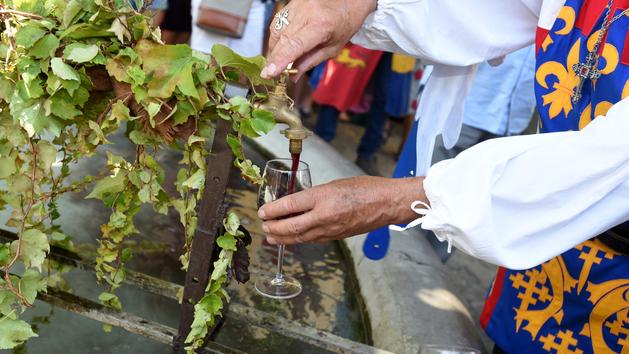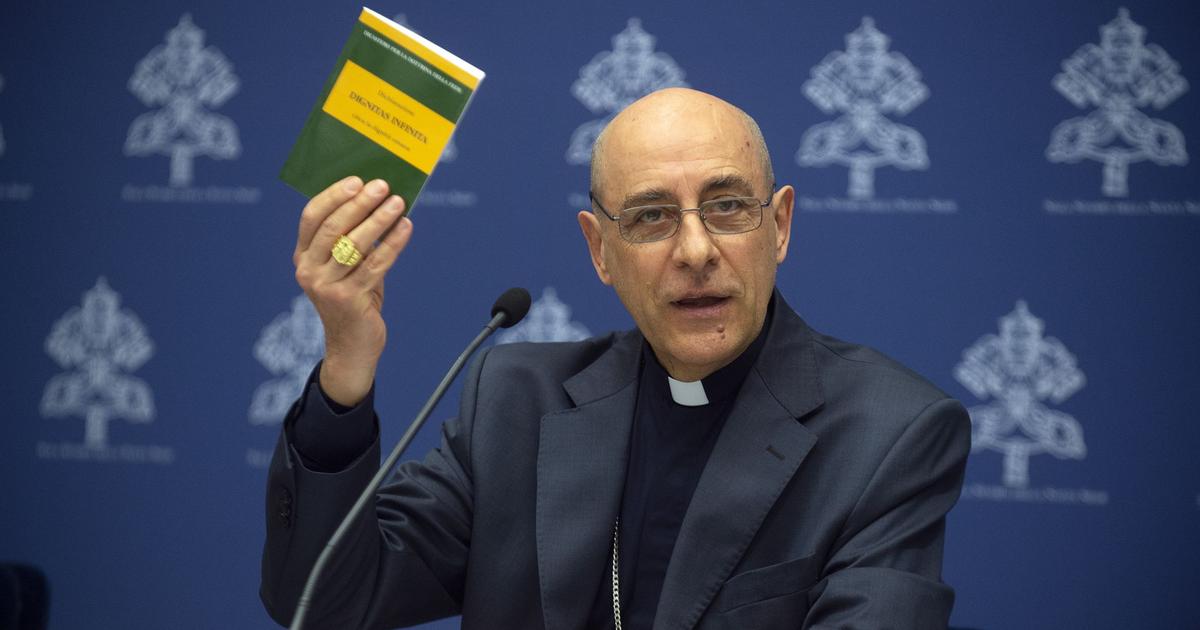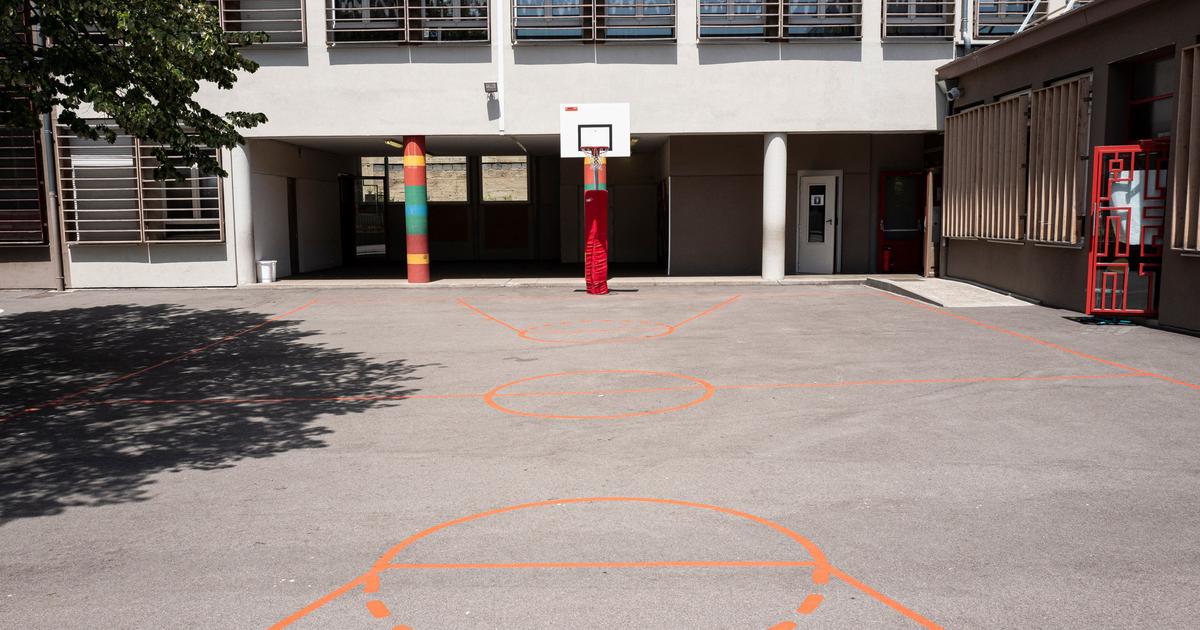May lovers of Châteauneuf du Pape console themselves: this year, they will not be entitled to their Veraison festival, but they will discover the Bacchus Games. While usually, in the first days of August, nearly 30,000 people walk the streets of the village decked out in medieval colors, populated by knights in armor and gentes ladies, to enjoy the show and celebrate the winegrowers of the region, a glass in hand, this year the party will be more discreet. For more than forty years, the village chosen by the Popes of Avignon to spend their holidays there, upstream of the Rhône, has been celebrating the cultivation of the vine in Châteauneuf, " from Bacchus to Clément VI ", the most exuberant of these popes of 'Avignon, with an emphasis on this golden age.
Read also: Test your knowledge of the Châteauneuf-Du-Pape appellation!
The unfortunate virus which deprives the city of the popes of its famous celebrations has not contaminated the inventiveness of the most passionate of its children. Among them, two wine guides, Pierre Fernandez and Romain Gouvernet, who, in addition to the Wine Tours they organize in selected areas throughout the southern Rhône Valley, have developed, in a medieval cellar at the top of the village, “ Bacchus Games ” designed to surprise the most discerning palates, and to entertain all audiences, from foreign sommeliers on a “ study trip ” to Châteauneuf to team building companies and visiting families. Parents and children will be equally welcomed around the three tables of the "Bacchus Games", where they will compete to recognize the wines and artisanal syrups (for aspiring tasters), by appealing to the senses of sight (or the absence of sight, since it is a blind tasting to identify the color of the wine), smell and taste, in order to determine which aromas escape from these wines and syrups, from the hay blueberry, musk leather.
View of Châteauneuf from the Pope. AKTA Agency
You have to climb towards the castle built by Pope John XXII in the 14th century, of which only one gutted tower remains, and the cellar - intact! -, to be in front of the church and take the rue de l'Eglise to the left. , so rugged that it is officially nicknamed " la rue rompe-cul ". At number two, awaits you, in the freshness of a magnificent medieval vaulted cellar, the unusual duo of these wine enthusiasts who know the terroir like the back of their hand, and define themselves as " vagabond sommeliers ": "We preferred to exchange with people longer on the wines than a few minutes in the restaurant, and take them from the vineyard to the cellar, and to the tasting cellar. This is why we have become wine guides, ” says Pierre Fernandez, born into a family of winegrowers in Châteauneuf for several generations, who after studying cinema and working as an event manager in an international industrial group, chose to follow his passion for the vine, by training at the Ecole du vin de France in Paris, and by setting up its Company " Le Goût des autres ".
Warm and expansive, the chosen verb and the theatrical gesture, he has the gift of bringing to life this story which begins, in the region, millions of years ago, during the periods of the Miocene and the Pliocene, (between 8 and 3 million years ago), when the Rhône brought sands, granite and silica pebbles to these lands, the famous “ rolled pebbles ” of which the vines of the Châteauneuf du Pape appellation are almost exclusive. The alternation of these soils, combined with the climate and the thirteen grape varieties that coexist in the Châteauneuf vines, explains the exceptional character of these wines, famous throughout the world. It was in 1936 that the decree of the first AOC in France, that of Châteauneuf du Pape, was published, at the initiative of Baron Leroy, a lawyer who carefully chose the terroirs of the appellation, codified the cultivation method and of vine harvest, and founded the Syndicat des vignerons de Châteauneuf du Pape.
The two wine guides, Pierre Fernandez and Romain Gouvernet. DR
Romain, one of the guides. DR
"The Châteauneuf du Pape appellation is one of those with the most stringent specifications for the vine, it is the equivalent of Romanée Conti for Burgundy. Everything must be harvested by hand, and the goblet planting carried out in the vines where it was once established, to ventilate the vines, protect them from the sun, and allow the horses to pass between each vine ”, specifies Romain Gouvernet, just as inhabited by his subject and a fine expert on the vine. Faithful grape picker of Châteauneuf du Pape during his student years, this former financial director of an NGO also decided to change course for the world of wine: a graduate of the Paris wine school and holder of the WSET (Wine Spirit and Education) level 3, in charge of the cellar of Château Val Joanis, in the Lubéron, in 2013 he created “ Provence and Wine ” and became an all-terrain oenological guide. On the terroir of the beautiful estate of Château la Gardine, renowned for the quality of its wines, the shape of its bottles, inspired by a medieval bottle found there, and its spectacular cellar, Romain explains in particular that in Châteauneuf, the vines is kept deliberately low, to prevent the onslaught of the mistral from breaking it. And that in the “ symphony of thirteen grape varieties ”, Grenache expresses the main harmony (70% of the 3200 hectares of the appellation contrôlée are planted with Grenache).
Cave Château La Gardine. Wineprestigetour.com
The Nose of Bacchus
It is now time to move on to practical work, and to detect, among these great wines, their aromatic qualities. Both playful and precise pedagogue, Romain orchestrates the “ Nez de Bacchus ” competition, where we must identify the primary aromas (naturally provided by the grape variety), secondary (appearing at the time of fermentation) and tertiary ( due to aging in barrels or bottles), to the nose and then to the taste.
“We have a hundred scent sensors, some odors can only be detected by one sensor. The nose is fundamental, in my opinion it is even the main element of a tasting ”.
After the olfactory and gustatory trial and error, comes the delightful workshop on food and wine pairings. A tasty mess of uses and the collection of received ideas that they generate, which can be summed up in the famous adage "White on red, nothing moves, red on white, everything is off the hook!" " Our wandering sommeliers sensitize the audience to the power of wines rather than their color, to the fact that matching a wine and a dish is a matter of harmony comparable to that of a marriage between two beings: if they respect and support each other, if they reveal the best of themselves and are even better together than alone, then the marriage is happy. But if one dominates the other, if he does not let it exist and stifles it, the agreement is catastrophic.
Read also: The Veraison Festival in Châteauneuf-du-Pape
We will learn, through experience, that in 80% of cases, the salt of the cheese associated with the tannins of a full-bodied red wine produces a metallic taste that is in no way harmonious, while a white wine will be fine. more indicated. So the "little fiancé of the Pyrenees", this cheese with a rather strong smell which, drunk with a Châteauneuf du Pape blanc from Nicolas Boiron, at Domaine Bosquet des papes, is magnified by the wine, and in return exalts its texture silky and round. "He looks like a gruff old boy who finally meets a soul mate and reveals the treasures he had hitherto kept within him!" », Exclaims Pierre Fernandez, before explaining to his audience the agreements of color and the agreements of soil which, between the food and the wines, avoid making mistakes. Amazed, tasters discover the improbable accord of Camembert and Champagne, chocolate cake and a full-bodied red, a licorice wine or a dark beer. We would spend hours listening to these two recount the habits and customs of the table inherited from history, the habits of the great lords and those of the peasants, who built our gastronomy, influenced our choices of wines, for the best and for the worst. Listening to them, one understands better what made Alexandre Dumas say that “wine is the intellectual part of a meal. Meat and vegetables are only the material part ”.
Bacchus games Bacchus games
After the Bacchus games, only one thing will be missing to your happiness: embark with these top-class wine guides for a tour of the vineyards of Châteauneuf du Pape, Gigondas, Vacqueyras, Dentelles de Montmirail and Côtes du Ventoux, in search of estates carefully chosen by these aesthetes of the land and taste, who will introduce you to the heart of the vineyards and cellars, to meet this divine art and the artists who dedicate their lives to it.









